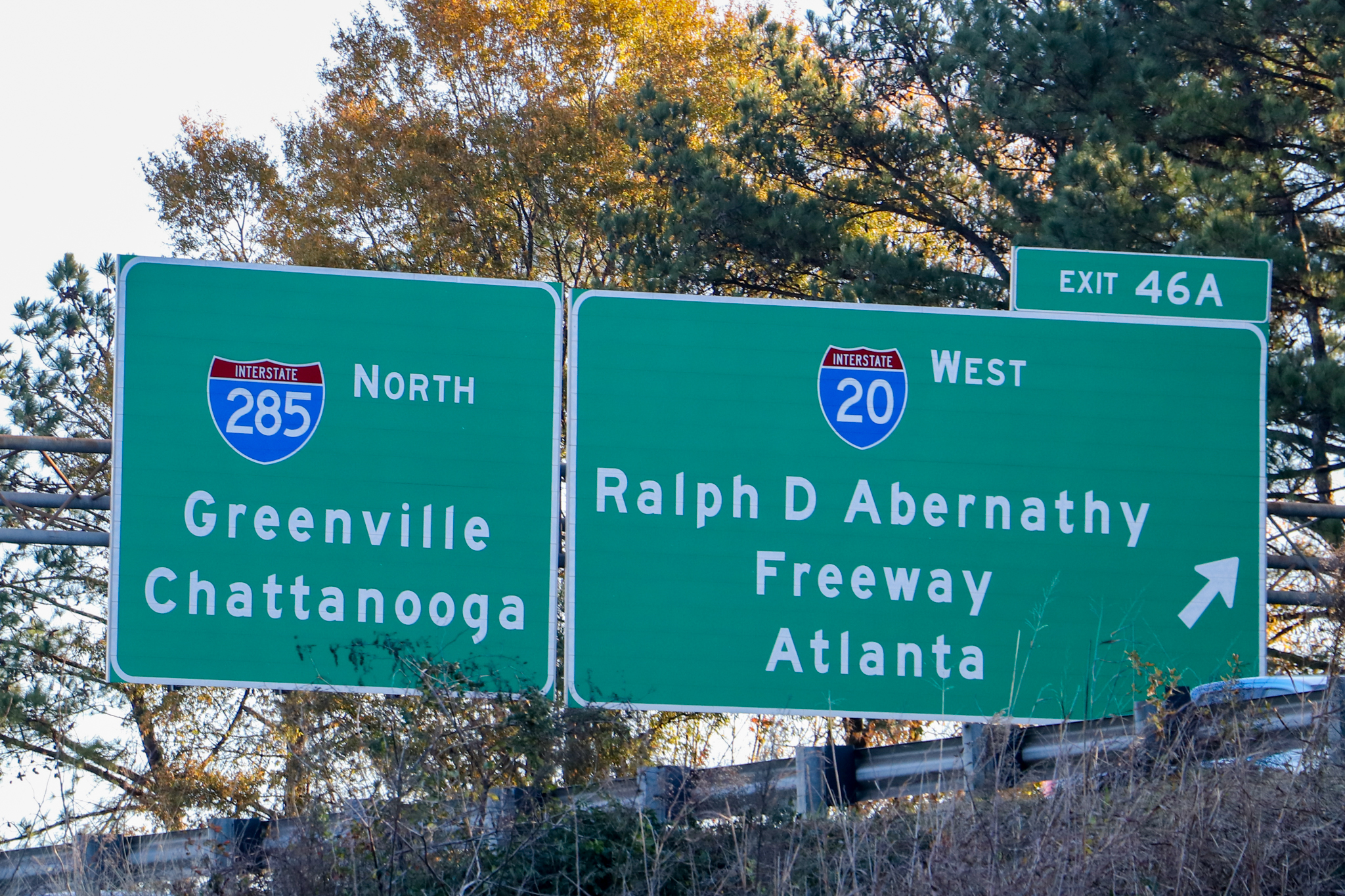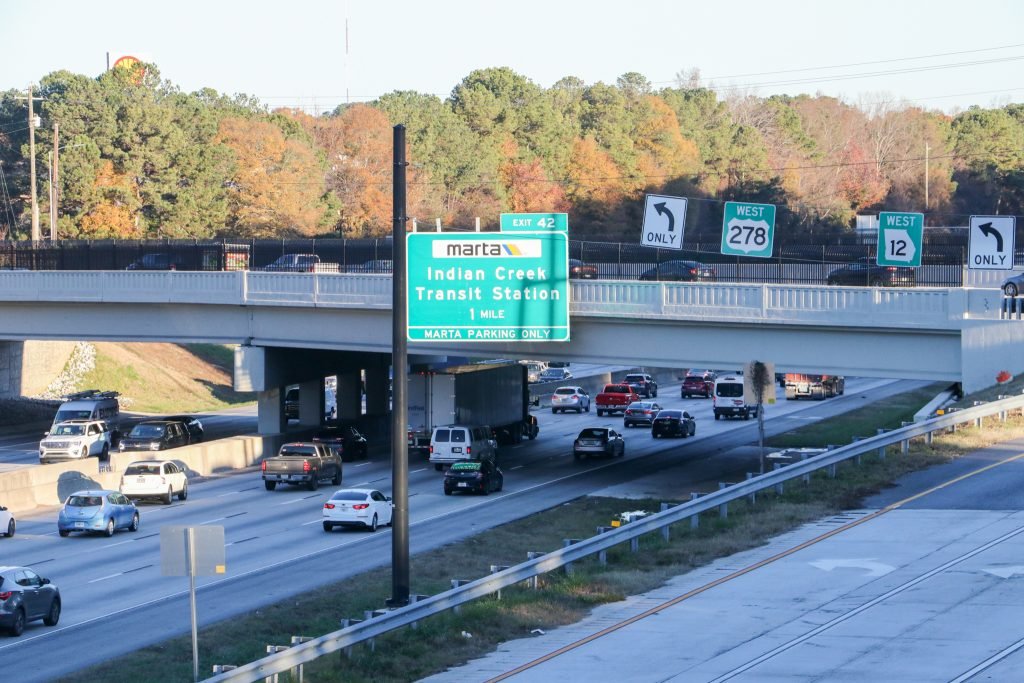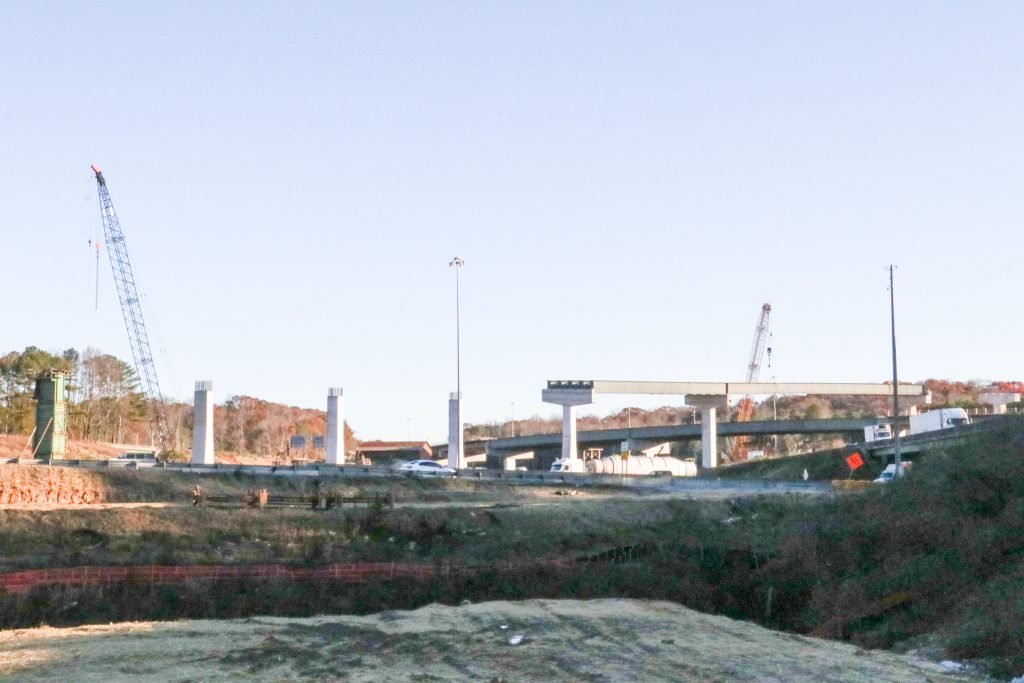
By Milton Kirby | Atlanta, GA – December 12, 2024
The Georgia Department of Transportation (GDOT) is holding a series of public meetings to inform residents and gather input on the proposed I-285 Express Lanes projects. These projects, part of GDOT’s Major Mobility Investment Program (MMIP). The MMIP is a grouping of projects expected to yield considerable reductions in congestion along key freight and passenger corridors. The projects are expected to significantly improve mobility along the heavily congested I-285 corridor, including the Top End, Eastside, and Westside segments.
Addressing Congestion
According to GDOT, the northern stretch of I-285 is among the most traveled and congested highways in the United States, with over 240,000 vehicles traversing it daily. Meanwhile, the Eastside and Westside sections each see nearly 200,000 vehicles daily. To address this, GDOT plans to construct two new barrier-separated express lanes alongside the existing general-purpose lanes in both directions. These express lanes are designed to offer drivers a choice to by-pass traffic congestion and provide more reliable trip times. The express lanes will be toll roads which will utilize market-based pricing to reflect real-time congestion. The new are projected to reduce travel times by up to 39% for express lane users and over 8% for those in general-purpose lanes.

All drivers will be able to use the optional express lanes, by registering and obtaining a Peach Pass regardless of the number of passengers traveling. Transit vehicles and state registered vanpools will be able to utilize the express lanes without paying a toll.
Transit Integration and Regional Connectivity
In parallel, MARTA is conducting a planning study to optimize transit connectivity along I-285. The I-285 Express Lanes Transit Study will explore how these lanes can enhance regional mobility and provide equitable transportation options. The study will focus on:
- Identifying infrastructure enhancements, including ramps and station locations, to support transit access.
- Developing operations plans for new express lanes transit services.
- Ensuring equitable access to transportation, particularly for underserved communities.
The study will assess the corridor’s capacity to connect individuals to employment clusters, healthcare facilities, and other key destinations as part of the broader transit initiative. Population and job growth projections in the study area are 42% and 33%, respectively, by 2050. This projected growth underscores the urgency of these infrastructure improvements.
MARTA is accepting public comment from November 13 – December 18, 2024 on their website.
Other Public Engagement and Environmental Considerations
To foster community involvement, GDOT held a Public Hearing Open House (PHOH) series in July 2024, which included both in-person and virtual sessions to gather input regarding the environmental impact. Residents were invited to comment on the Draft Environmental Impact Statement (EIS), Mitigation Plan, and design concepts. Additional hearings are expected as the environmental studies progress. Federal regulations require an environmental impact study for any project utilizing federal funds.

Project Timeline and Benefits
The I-285 Top End Express Lanes project will be executed in three phases: procurement, design, and construction. Some segments will be at-grade, while others will feature elevated lanes. GDOT estimates that the lanes will enhance travel reliability, provide free access for transit vehicles and vanpools, and support economic growth by connecting consumers to businesses and workers to jobs.
GDOT has also partnered with the private sector to design, construct, finance, operate, and maintain the lanes, with toll revenue funding their operations.
Learn More
GDOT has made additional resources available, including a video gallery detailing the I-285 Top End Express Lanes proposals. Residents can monitor the GDOT website for further updates and attend upcoming public meetings.
These projects promise to alleviate traffic congestion, enhance regional connectivity, and support equitable transit solutions across metro Atlanta, setting the stage for sustainable growth and improved quality of life.








